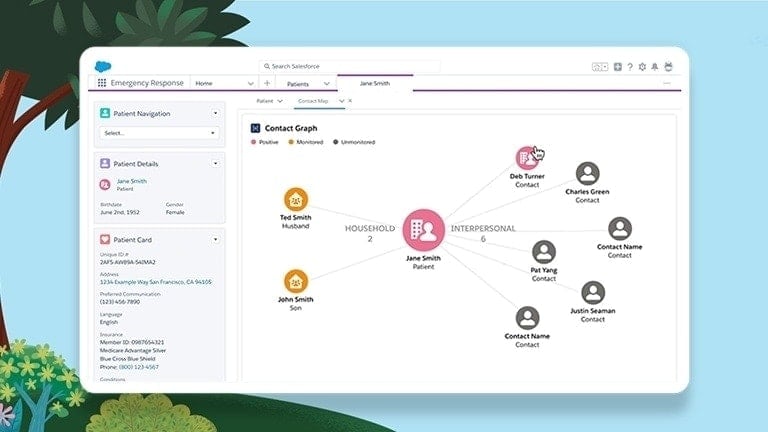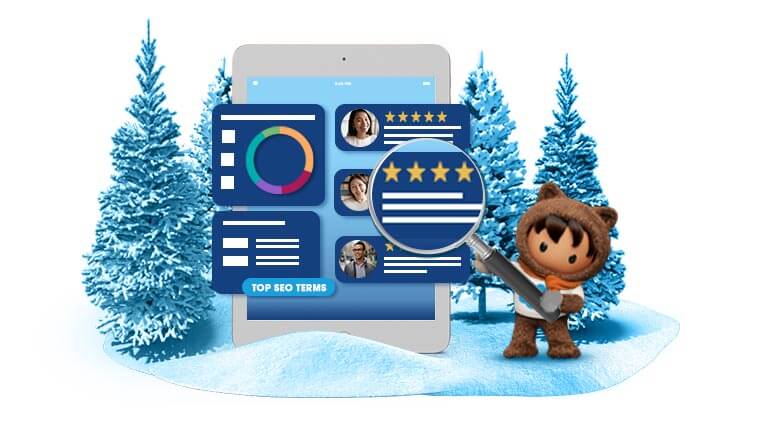Did you know
50% of worldwide shoppers plan to either increase or keep their spend the same this holiday season compared to last year? With this in mind, shoppers are increasingly turning to digital channels for everything from inspiration to purchasing. This year, meet shoppers where they are across owned and third-party platforms.
Shoppers want a consistent experience wherever they interact with your brand. To do this, connect third-party applications with your commerce experience. How? With pre-built application programming interfaces (APIs).
They plug third-party experiences into your commerce platform so that you can ensure brand consistency across properties. As an example, if a shopper finds holiday recipe inspiration on your Pinterest board, they can click in to see associated products and go directly to your product pages to make a purchase.
In ANZ, the share of visits to ecommerce sites through social traffic increased
15% between Q4 of FY 19-20 and Q1 of FY 20-21, showing social platforms are transforming into virtual shopping malls. Consider offering your products on those that make the most sense for your brand. Style-conscious shoppers, for example, can use
Instagram Shop to make a purchase without leaving the app.
With
conversational commerce, shoppers engage and transact within various messaging channels, including Facebook Messenger and WhatsApp. Commerce and service instances connect so that agents access recent orders and shopper preferences. They double as associates and stylists by delivering personalised experiences and cross-selling and upselling additional items. To scale support, you can mix in chatbots for common questions, automated messaging, and live support. Provide prompts with holiday-specific messaging to keep the conversation timely and relevant.
Mobile shopping always peaks during the holiday season, with the greatest spikes during Cyber Week, Christmas Eve, and Christmas Day. Mobile programs — such as SMS and push notifications — make it easy for retailers to communicate with shoppers directly. Share timely news, safety updates, offers, shipment updates, and password resets. You can also connect marketing and service — if a shopper responds back with a question about their order, an agent can easily resolve the case in the same message.
The holiday season notoriously sees higher customer service volumes. Be sure to update self-service channels with important information so that shoppers can get the information they need. Provide answers to the most frequently asked questions in your help centre and your knowledge articles. Automate processes and
embed bots to handle common requests, such as order status. If a case requires a live agent, bots collect information that helps the agents resolve it.
Customer portals are another great resource for shoppers. Use your portal to guide shoppers through specific processes, like how to initiate returns, with a
special workflow.
Shoppers may feel something is missing this year due to fewer in-person interactions, so make every experience feel personalised. AI helps retailers create tailored shopping experiences by recommending products based on shopper behaviour. You can also gain deep insight into products typically purchased together to create popular product bundles. And you can customise the order in which products appear.











